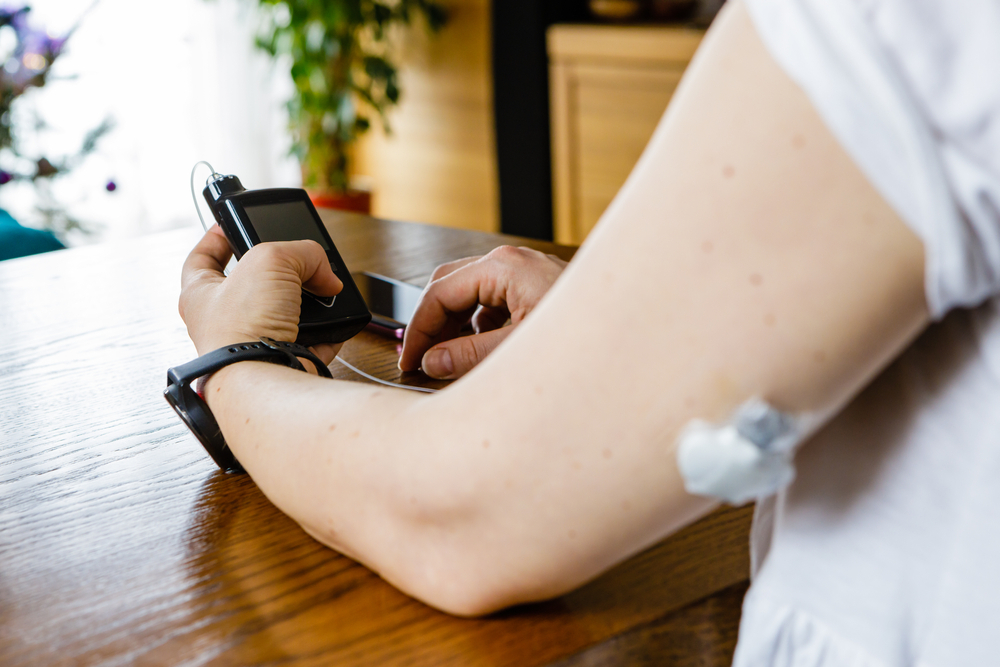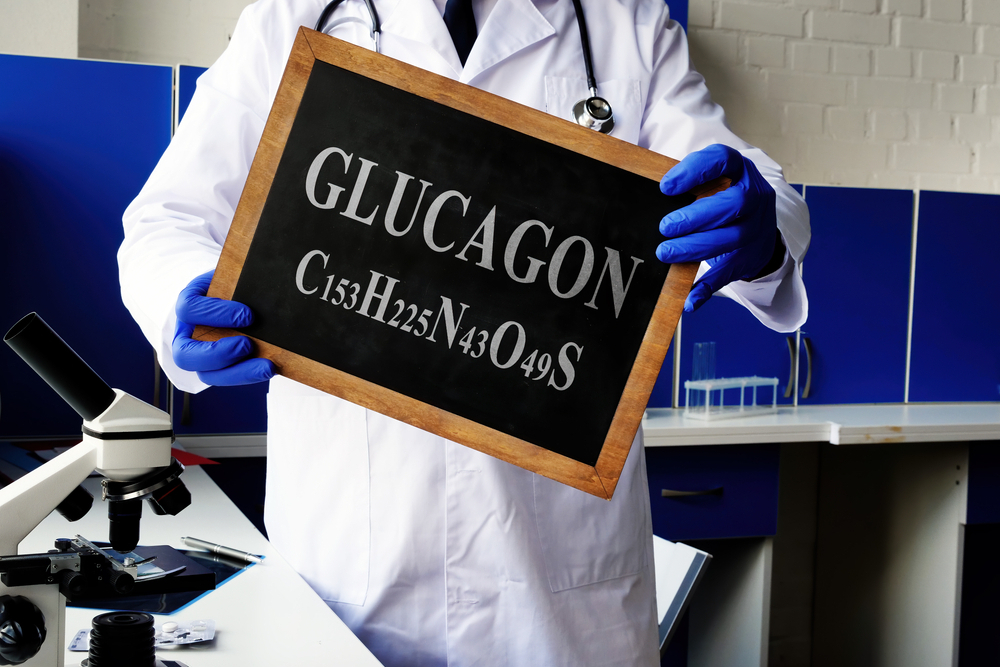The cost of diabetes glucose monitoring: How CGM stacks up to fingersticks and test strips
With ongoing advancements in blood glucose monitoring technology, patients and their care teams have more options than ever for this aspect of at-home care. Decisions around selecting the tools for measuring blood sugar often hinge on the cost of diabetes supplies. Let's take a closer look at the cost breakdown and overall pros and cons involved with choosing fingerstick blood glucose checks and continuous glucose monitoring to help you explore the options.
Fingersticks
Blood glucose meters have been around since the 1970s, but the version patients are accustomed to now is far more accurate, convenient, and less painful than the original models. Glucometers themselves are now known to be generally affordable, with the test strips being the more expensive piece of the fingerstick process.
The cost for most models of blood glucose meters is around $40 or less, with many meters now available over the counter for $15 or less. If you have insurance coverage, you may be able to obtain a meter at little to no cost, or your doctor's office may have sample meters from the manufacturer that they can hand out to patients as needed.
Test strips, an important piece of the fingerstick blood glucose measurement process, are often much pricier. They can average $1 per strip, so for someone who is checking their blood glucose a minimum of four times per day, that could easily add up to $120 or more in a month's time if purchasing without a prescription. Insurance coverage can help defray the cost of the test strips in many cases, and some meter brands have less expensive strips available for cash purchase.
Anyone living with diabetes can benefit from utilizing traditional fingerstick blood glucose checks. At this point in time, it is still the most generally accessible method of at-home blood glucose monitoring and may be preferable for folks who do not have favorable coverage for a continuous glucose monitor (CGM) and as a backup method of blood glucose monitoring for those who do choose to utilize CGM.
Continuous glucose monitoring
CGM technology has been adopted as a standard of care for those living with insulin-dependent diabetes. Accuracy and access have continued to improve over the last decade, with many state Medicaid programs beginning to cover CGM for their patients alongside commercial insurers.
Unlike blood glucose meters and test strips, CGM supplies require a prescription, even if you are purchasing them without insurance coverage. The cash price to use the Dexcom G6 is approximately $300 for a month of sensors and an additional $300 every three months for the transmitter. There is also a cost associated with the reader or accessing the data through a smartphone, which is important to take into account. The Freestyle Libre 2 sensors can run about $75 a month with cash pay or less with commercial insurance. Other models, like the Senseonics Eversense CGM or Medtronic Guardian CGM vary in pricing in comparison to the Dexcom and Freestyle models.
Anyone who lives with diabetes can benefit from utilizing CGM technology. Caregivers can also help focus their diabetes management and support efforts with the data that CGM can provide to the individual wearing the sensor and those who assist in their care.
Choosing between fingersticks and CGM
There are pros and cons for both fingersticks and CGM to take into consideration as you decide which method is right for you.
Pros of fingersticks include:
- They are easier to purchase supplies when away from home.
- They may be more affordable than CGM.
- They provide in-the-moment data.
Cons of fingersticks include:
- They can run out of test strips while on the go.
- They require batteries or a charger on an ongoing basis.
- They give information on the blood glucose number without additional context for decision-making.
Pros of CGM include:
- Offering more context for diabetes data for educated treatment decisions in the moment and with a care team.
- Less daily supplies to carry with you.
- Some models that allow you to share data with a loved one or caregiver as a safety feature.
- Closed loop insulin pump systems that can communicate directly with CGM.
Cons of CGM include:
- It tends to be more expensive than fingersticks.
- It requires a prescription.
- Receiving continuous data can cause stress for some users.
If you are comparing traditional blood glucose monitoring with fingerstick blood checks and CGM, you will want to:
Read about the options available to you.
Discuss with your doctor and/or diabetes educator to get their insights (and, if applicable, a prescription for your chosen supplies).
Call your insurance company to find out the cost of diabetes supplies and what coverage you have for each option.
Think about what strategy works best for you.
Keep in mind that many people living with diabetes maintain supplies for both types of blood glucose monitoring to check on accuracy and provide peace of mind. Also, if you start with one strategy and find that you'd like to try the other, it is possible to experiment and make a change. The most important thing is to commit to keeping an eye on your blood sugars, no matter what method you choose!
Are you interested in learning more about CGM therapy? Check out the answers to these frequently asked questions about getting started.




